Unveiling the Dynamics of Air Bag Suspension: A Comprehensive Guide
In the realm of automotive engineering, innovation continually seeks to redefine the driving experience. One such innovation that has transformed the landscape of vehicle suspension systems is air bag suspension. This sophisticated technology replaces traditional coil springs and shock absorbers with air-filled bags, offering a customizable and adaptive approach to vehicle dynamics. So let’s delve into the intricacies of air bag suspension, exploring its functionality, benefits, applications, and considerations for enthusiasts and everyday drivers alike.
The Evolution of Suspension Systems
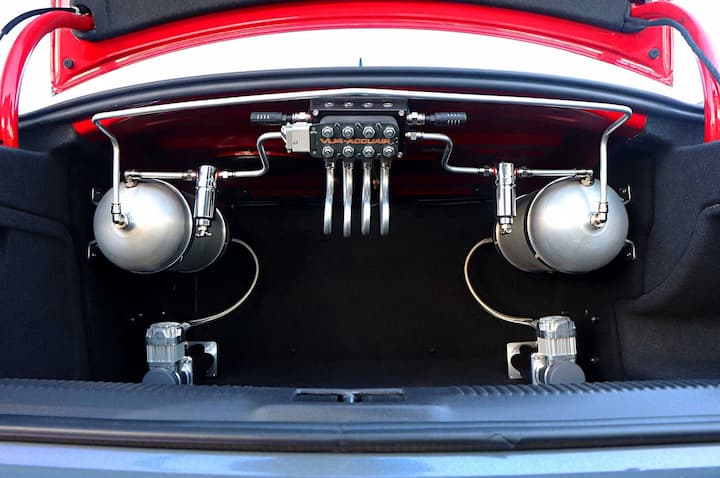
The suspension system of a vehicle is a critical component that influences ride comfort, handling, and overall safety. Traditionally, coil springs and shock absorbers have been the go-to components for managing the interaction between the vehicle and the road. While effective, these components have limitations in terms of adjustability, response to varying loads, and customization for specific driving conditions.
1. Introduction to Air Bag Suspension:
Air bag suspension, also known as air ride or air suspension, represents a revolutionary departure from conventional suspension setups. Instead of relying on rigid coil springs, air bag suspension utilizes inflatable bags made of durable materials such as rubber or polyurethane. These bags, when filled with compressed air, become the primary support structure for the vehicle.
2. Components of Air Bag Suspension:
Understanding the key components of air bag suspension is pivotal in grasping its functionality. The system comprises several essential elements:
Air Springs (Air Bags): These flexible yet robust bags replace traditional coil springs and serve as the primary load-bearing components. The bags are strategically positioned at each wheel, often in conjunction with the existing shock absorbers.
Air Compressor: Responsible for compressing and pumping air into the air springs, the compressor ensures the bags maintain the desired pressure for optimal ride height and performance.
Air Lines and Valves: Connecting the air springs to the compressor are air lines, while valves control the flow of air in and out of the bags. These components work in tandem to adjust the height and stiffness of the suspension.
Air Reservoir (Air Tank): To accommodate sudden adjustments and maintain consistent pressure, an air reservoir stores compressed air, ensuring a quick response from the system.
3. Dynamic Adjustability:
One of the standout features of air bag suspension kits is their dynamic adjustability. Unlike static suspension systems, airbag suspension allows for on-the-fly adjustments to ride height and stiffness. This adaptability proves invaluable in various scenarios, from improving aerodynamics on the highway to providing extra ground clearance for off-road excursions.
Advantages of Air Bag Suspension
1. Ride Comfort:
Air bag suspension kits excel in delivering a smoother and more comfortable ride. The ability to adjust air pressure in the bags provides a level of customization that traditional suspensions struggle to achieve. Whether cruising on the highway or navigating uneven terrain, drivers can tailor the suspension to suit their preferences.
2. Load Leveling:
One of the primary advantages of air bag suspension is its inherent ability to level the vehicle under different load conditions. Whether carrying heavy cargo or towing a trailer, the system automatically adjusts to maintain an even ride height. This not only enhances safety but also ensures optimal handling and braking performance.
3. Improved Handling:
Air bag suspension kits contribute to improved handling characteristics. The system’s responsiveness allows for precise control over ride height and stiffness, resulting in reduced body roll during cornering. This feature enhances overall stability and responsiveness, especially in performance or sports-oriented driving scenarios.
4. Adaptability to Driving Conditions:
From cruising on smooth highways to navigating rough off-road terrain, air bag suspension kits adapt to diverse driving conditions. Drivers can raise the vehicle for added ground clearance during off-road adventures and lower it for improved aerodynamics and fuel efficiency on highways. This adaptability makes airbag suspension a versatile choice for a wide range of driving scenarios.
5. Enhanced Aesthetics:
Beyond performance benefits, air bag suspension allows for a visually striking stance. Enthusiasts and custom car builders often utilize air bag systems to achieve a lowered, aggressive look when parked, only to raise the vehicle to a more practical height when driving. This flexibility in aesthetics contributes to the growing popularity of airbag suspension in the automotive aftermarket.
Considerations and Potential Challenges
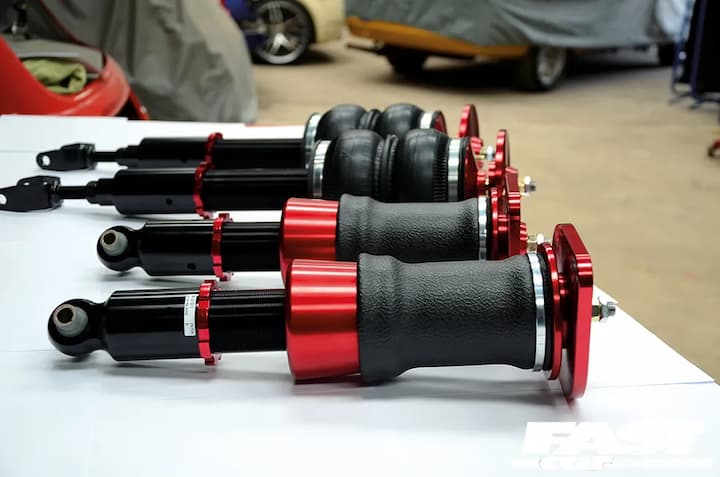
While airbag suspension offers a host of advantages, it’s essential to consider potential challenges and factors that could impact its performance and longevity.
1. Cost:
Implementing air bag suspension kits can be a significant investment. The cost includes not only the components themselves but also professional installation to ensure proper setup and calibration. However, many enthusiasts find the benefits outweigh the initial expense.
2. Maintenance:
Like any automotive system, air bag suspension kits require regular maintenance to ensure optimal performance. This includes checking for air leaks, inspecting components for wear, and keeping the system clean. Routine maintenance is crucial to prevent issues and extend the lifespan of the system.
3. Complexity:
Compared to traditional suspensions, air bag kit systems are more complex due to the additional components involved. While this complexity allows for dynamic adjustability, it may pose challenges for DIY enthusiasts during installation and troubleshooting. Professional installation by experienced technicians is often recommended.
4. Potential for Air Leaks:
Air bag systems are susceptible to leaks, which can compromise performance. Regularly inspecting air lines, valves, and bags for signs of wear or damage is essential. Fortunately, advancements in materials and manufacturing have significantly reduced the occurrence of leaks in modern air bag systems.
5. Compatibility and Integration:
When considering air bag suspension for your vehicle, ensuring compatibility with the make and model is crucial. Additionally, integration with the vehicle’s existing electronics and control systems must be seamless to avoid issues such as warning lights or error messages.
Conclusion: Elevating Your Driving Experience
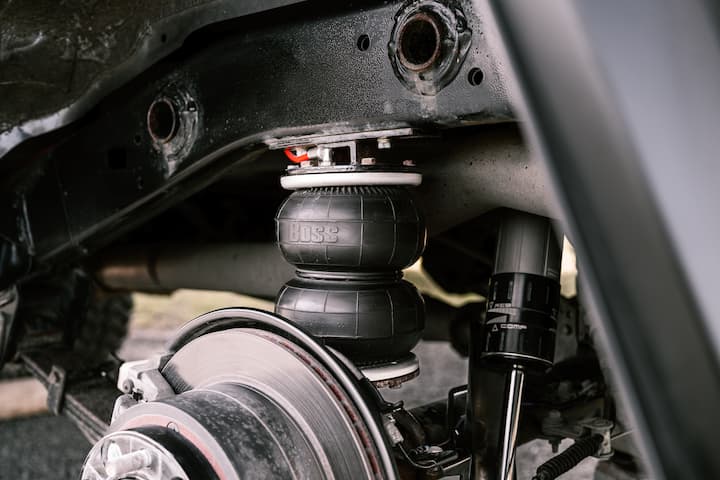
In the ever-evolving landscape of automotive technology, air bag suspension kits stand out as a transformative force. Its ability to combine comfort, performance, and adaptability has captured the attention of enthusiasts and everyday drivers alike. Whether you seek a smoother ride, enhanced load-carrying capacity, or the ability to fine-tune your vehicle’s stance, an air bag suspension kit offers a compelling solution.
By understanding the principles behind air bag suspension kits, weighing the advantages against potential challenges, and choosing a reputable brand that aligns with your vehicle and preferences, you can embark on a journey to elevate your driving experience. From the daily commute to spirited drives, air bag suspensions have the potential to redefine the way you interact with and enjoy your vehicle.
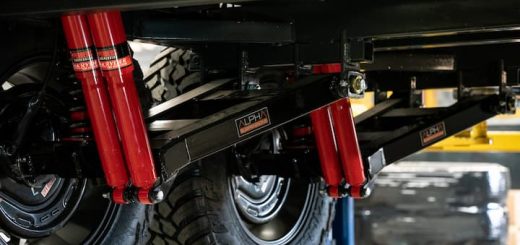

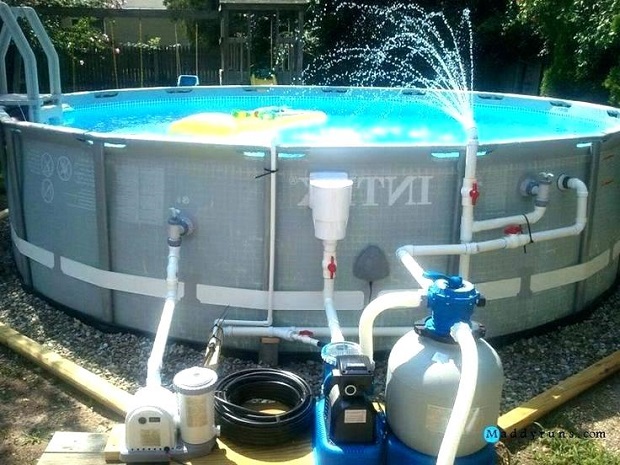
![AFX Sauber F1 C44 Stake No24 Slot Car [22092]](https://www.availableonline.com.au/wp-content/uploads/2025/06/6ccd9e30-c6fa-4910-9081-5fcc3ba80b04__60843-520x245.jpg)





